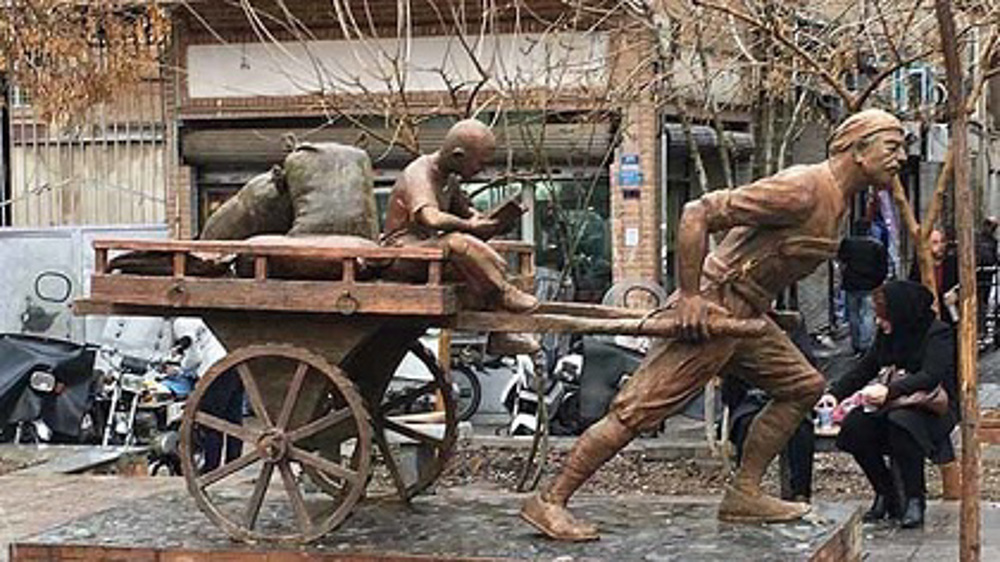Kerman's tourist attractions
Kerman is the third largest largest province in Iran. Its northeast takes in much of the Dasht-e-Lut desert, and most of the province is largely steppe or sandy desert, though there are some oases where dates, citrus fruits, pistachios and cereals are cultivated.
Kerman has a long and turbulent history, and it has only for short spells enjoyed peace and prosperity at the same time. Believed to have been founded in the early 3rd century AD by Ardashir I, the founder of the Sassanian dynasty, it was from the 7th century ruled in turn by the Arabs, Buyids, Seljuqs, Turkmen and Mongols, and then until the Ghajar dynasty (1779-1921) by a further succession of invaders and regional despots. Kerman obtained security under the central government in Tehran during the last century, but its relative remoteness has continued to deny it any great prosperity.
Kerman Tourist Attractions:
Ganjali Khan Bath Museum
This fascinating, though slightly tacky museum contains a small collection of wax dummies showing the viewer what to do in a bath house, originally built in the 17th century as a bathhouse by the governor of Kerman, Ganjali Khan.
Mahan
The small town of Mahan attracts visitors for its fine mausoleum, and beautiful palace and gardens.
Shahzadeh Garden
Also worth a visit are these charming gardens with a collection of pools leading to a large palace. (The palace was once the summer residence of a prince though nobody is really sure which prince).
Bam Citadel
The citadel and original city of Bam were probably founded in the Sassanian period (224-637) and some of the surviving structures must have been built before the 12th century, but the greater part of what remains dates from the Safavid period (1502-1722).
Between 9000 and 13,000 people once lived in this ancient city until it was first abandoned following an invasion by the Afghans in 1722. Just when the inhabitants thought it was safe to return, the city was abandoned again in about 1810 when some particularly gruesome atrocities from invaders from around Shiraz persuaded the populace to leave permanently. From then until the 1930s, the remains of the ancient city was used as an army barracks, and it is now completely deserted.
VIDEO | Press TV's news headlines
VIDEO | American, Israeli rabbis call for ceasefire during protest near Gaza
Iran calls for enhanced defense cooperation with Russia
US campus crackdown: 500 pro-Palestinian protesters arrested
VIDEO | Yemenis rally in Sana'a in solidarity with Palestinians in Gaza
VIDEO | Jordanians march after Friday prayers in support of Palestinians
Far-right Israeli minister Ben-Gvir injured
Germany clears pro-Gaza camp as US-style demos spread across Europe









 This makes it easy to access the Press TV website
This makes it easy to access the Press TV website